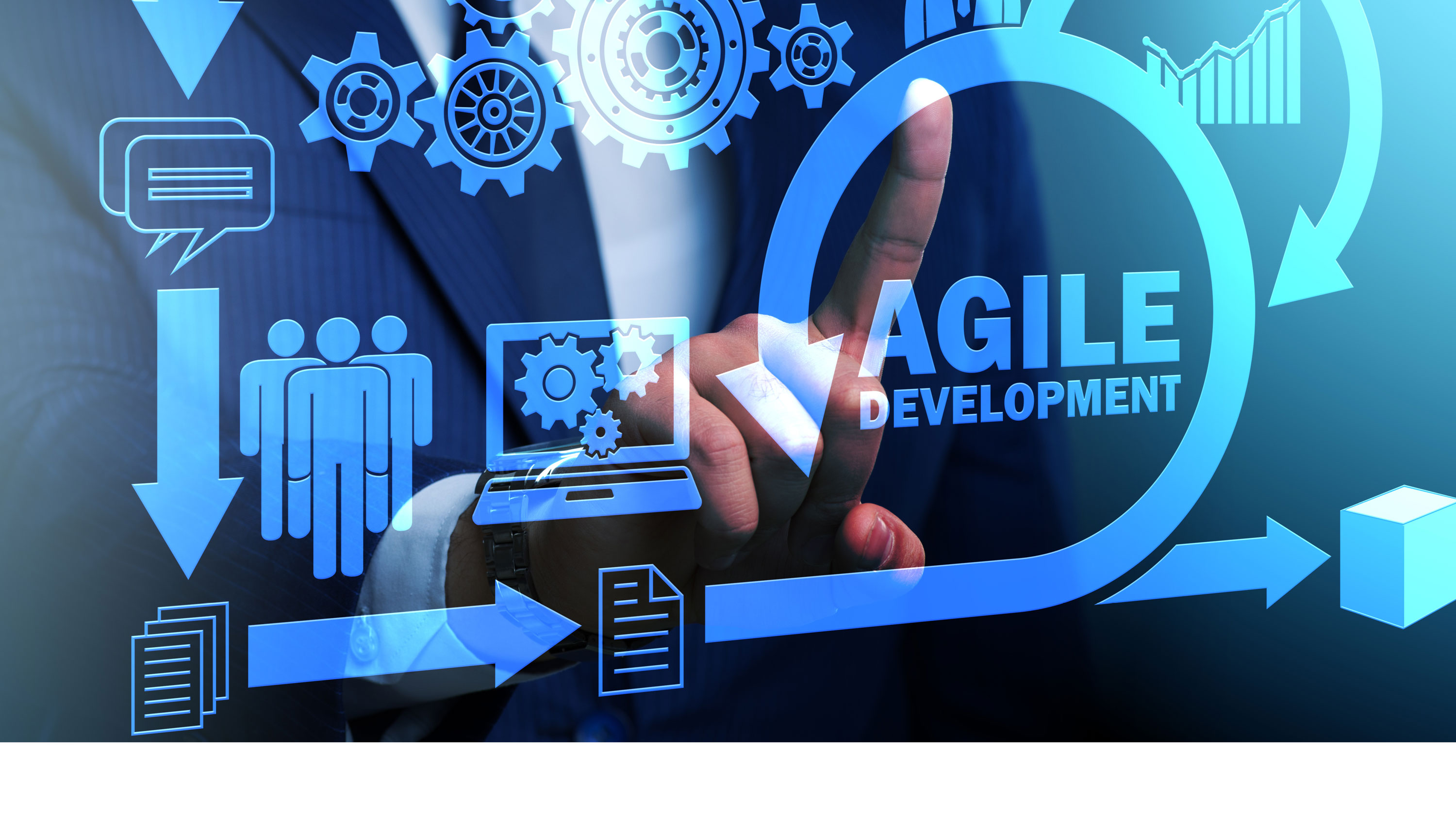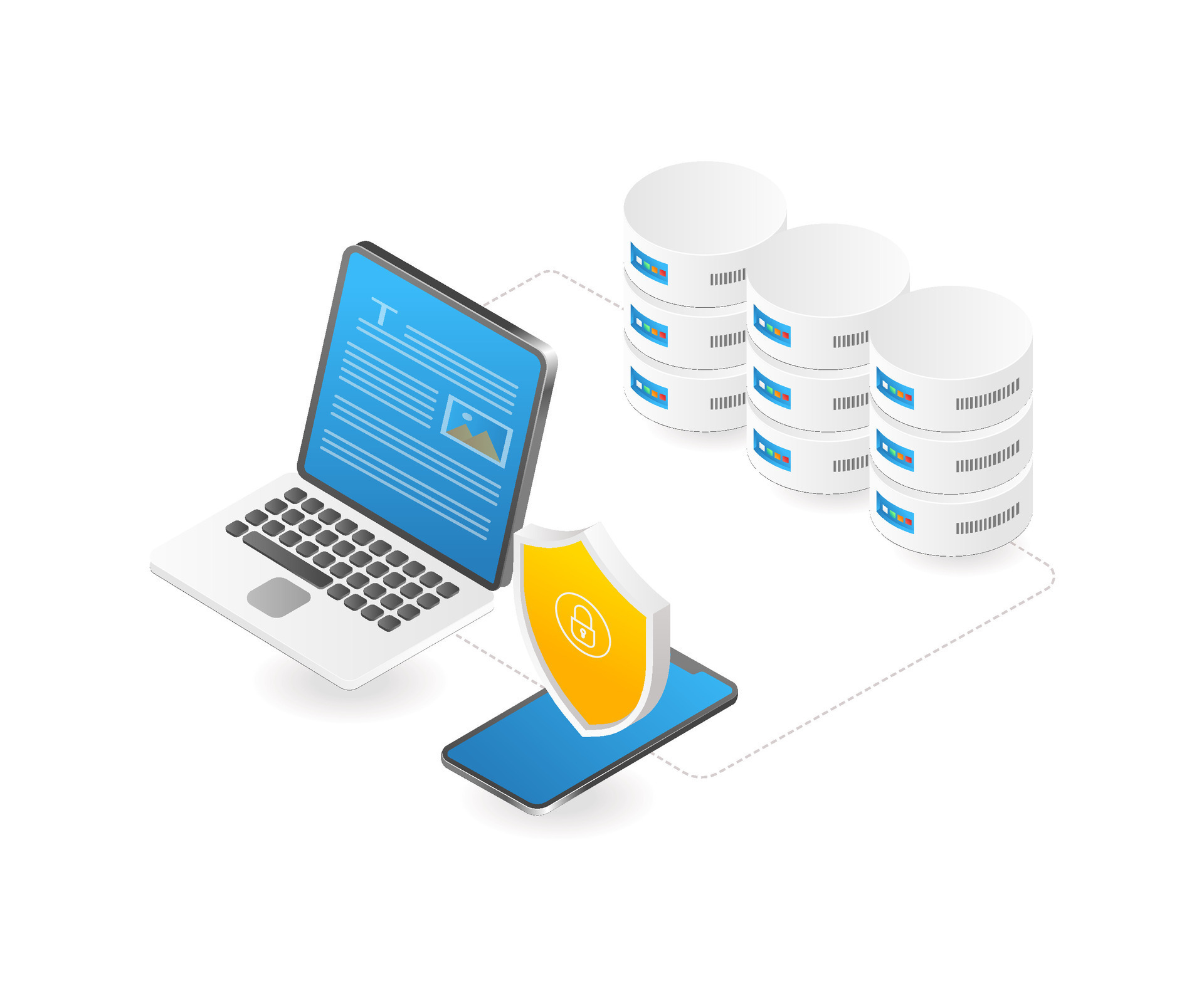12 benefits of Agile Methodology: the Latest Definition and types of this model

In the mid-nineties, people working for software development companies began to realize that “business as usual” simply wasn’t working for them. The traditional business model involved extensive planning, rigid constructs, and bureaucratic hurdles that stifled creativity and made it nearly impossible to adapt to change or adeptly handle the unexpected. In response, software developers began to combine old ideas with new ones until they found a combination that worked for their situation.
This new, more flexible methodology worked so well for them, that they decided to develop a framework to help other people benefit from a methodology that emphasized collaboration and adaptability. The spread of these ideas was very organic, resulting in an array of new frameworks for people to use when working on projects. In 2001, this inconsistency led a group of seventeen to meet in Snowbird, Utah, to figure out what the commonalities in their approaches were. There ended up only being a few things everyone could agree upon, and this eventually became the Manifesto for Agile Software Development and its 12 Principles, as documented by the Agile Alliance, for “guiding practices that support teams in implementing and executing with agility.” Let's find out the benefits of agile methodology now!
What Is Agile Model?
Agile is an umbrella term for best practices as laid out in the Agile Manifesto. It is a set of principles and values emphasizing collaboration, adaptability to change, and self-organizing teams. It is a recognition that the same methods will not apply to every situation, and an ability to respond agilely to both uncertainty and change. Agile, according to the Agile Alliance, at its core is a guiding mindset for how to deal with unpredictability:
- Face uncertainty unflinchingly.
- Determine a possible solution and give it a go.
- Get feedback.
- Adjust accordingly.
Agile methodology, therefore, is the framework of conventions, techniques, and procedures a team agrees to follow for a given project and situation. There will be variations in what these methods are from team to team and even project to project, but all will adhere to Agile principles and values.
Types of Agile Methodology
These methodologies become frameworks when other teams generalize, adopt, and adapt them for their own purposes. Various types of Agile methodologies are now commonly used, both in and out of the software development world.
Agile Scrum Methodology
Scrum is one of the most straightforward and widely used Agile methods. According to the Digital Project Manager, the main goal of Scrum Methodology “is to improve communication, teamwork and speed of development.” Scrum is less a project management method than a framework for the maintenance and ongoing development of projects. As is the case with other Agile Methodologies, Scrum was developed with software development in mind. When adapting to other industries, adjustments are made, especially on projects with a fixed budget and timeline. Because of these complications, when Scrum Methodology is used outside the software development world, project managers often take advantage of specific concepts within the overall framework and apply them in a way that works with their situation—such as small, self-organizing teams, daily stand-up meetings, and project reviews.
Lean
As articulated in the Digital Project Manager, the focus of the Lean Method is efficiency. Unlike some other Agile methods, this program management methodology is a set of principles, rather than processes, to follow. It begins by identifying what is adding value in each situation and then continuously working to emphasize the good while eliminating the bad. This method can be applied in project management by examining the way your team processes projects and paring it back to just the essentials. The three principles of Lean, according to the Lean Way, were first developed in Japan: Muda (無駄, waste), Mura (斑, unevenness), and Muri (無理, overburden), commonly referred to as the 3Ms.
- Muda: Eradicate waste. Remove anything that is not adding value to the customer.
- Mura: Eliminate variations. Remove overhead variances and standardize processes.
- Muri: Remove overload. Anything above 60%–70% capacity actually slows work down.
eXtreme Programming
This software development methodology shares many similarities with Scrum, particularly with its emphasis on communication and responsiveness. Where it differs, however, is in its prescriptive set of rules for the technical aspects of designing and testing coding. Due to its more specific set of principles, the eXtreme Programming method is not easily applied to other types of project management. Some of the software development-specific rules include making mandatory the following:
- Including user stories – descriptions of small features
- Test-driven development (TDD) – software requirements are converted to test cases before software is developed
- Pair programming – technique where two programmers work together at a single workstation
- Continuous integration – code is uploaded regularly to test throughout the project in order to detect problems early
Kanban
Kanban shares similarities with both Lean and Scrum. This project management methodology places an emphasis on efficiency (like Lean) and collaboration (like Scrum). Kanban is much less prescriptive in its approach, allowing for greater flexibility and rate of return on deliverables. The drive behind Kanban Methodology is to continually release work both faster and of a better quality. The core practices of Kanban are:
- Visualize the workflow.
- Limit work in progress.
- Measure the lead time.
- Make process policies explicit.
- Continually evaluate improvement opportunities.
Contrast with Waterfall Methodology
Waterfall Methodology is a more traditional approach to project management than Agile and is currently the most commonly practiced project management approach in the modern workplace. The Waterfall Method, as described by Workfront, gets its name from its top-down approach, with each phase of a project being completely wrapped up before the next begins. This method works best in processes that develop a tangible end-product, like construction for example. The success of a project using the Waterfall Method is largely dependent upon how much work is done upfront, especially research. It is much easier to accurately predict something like how much time a project requires if this kind of forethought is put into the process, thus allowing for more accurate project completion estimates. The very characteristics that make the Waterfall Method work in some situations also result in a level of rigidity that makes it difficult to respond to uncertainty and change. Therein lies the appeal of more flexible methods like Agile methodology, which allows for a team to pivot and change course much more easily.
Advantages of Agile Methodology
The benefigts of Agile Methodology are inherent in its 12 Principles, as outlined by the Agile Alliance:
- Our highest priority is to satisfy the customer through early and continuous delivery of valuable software. Customer satisfaction and quality deliverables are the focus
- Welcome changing requirements, even late in development. Agile processes harness change for the customer’s competitive advantage. Don’t fight change, instead learn to take advantage of it.
- Deliver working software frequently, from a couple of weeks to a couple of months, with a preference for the shorter timescale. Continually provide results throughout a project, not just at its culmination.
- Business people and developers must work together daily throughout the project. Collaboration is key.
- Build projects around motivated individuals. Give them the environment and support they need, and trust them to get the job done. Bring talented and hardworking members to the team and get out of their way.
- The most efficient and effective method of conveying information to and within a development team is face-to-face conversation. Eliminate as many opportunities for miscommunication as possible.
- Working software is the primary measure of progress. It doesn’t need to be perfect, it needs to work.
- Agile processes promote sustainable development. The sponsors, developers, and users should be able to maintain a constant pace indefinitely. Slow and steady wins the race.
- Continuous attention to technical excellence and good design enhances agility. Don’t forget to pay attention to the small stuff.
- Simplicity—the art of maximizing the amount of work not done—is essential. Trim the fat.
- The best architectures, requirements, and designs emerge from self-organizing teams. Related to Principle 5, you’ll get the best work from your team if you let them figure out their own roles.
- At regular intervals, the team reflects on how to become more effective, then tunes and adjusts its behavior accordingly. Elicit and provide feedback, absorb the feedback, and adjust where needed.
Conclusion
The Agile Method is an increasingly attractive project management methodology in the software development world and beyond. Its flexibility and adaptability to change make it the ideal project management methodology for the 21st century. Despite its possible drawbacks, if used correctly by a team willing to commit to its principles, the benefits of agile methodology are numerous. Acknowledging the benefits of the model, Axalize organizes teams with the following of such models for the best performance in each project and product. Contact us to see what we can optimize together!


